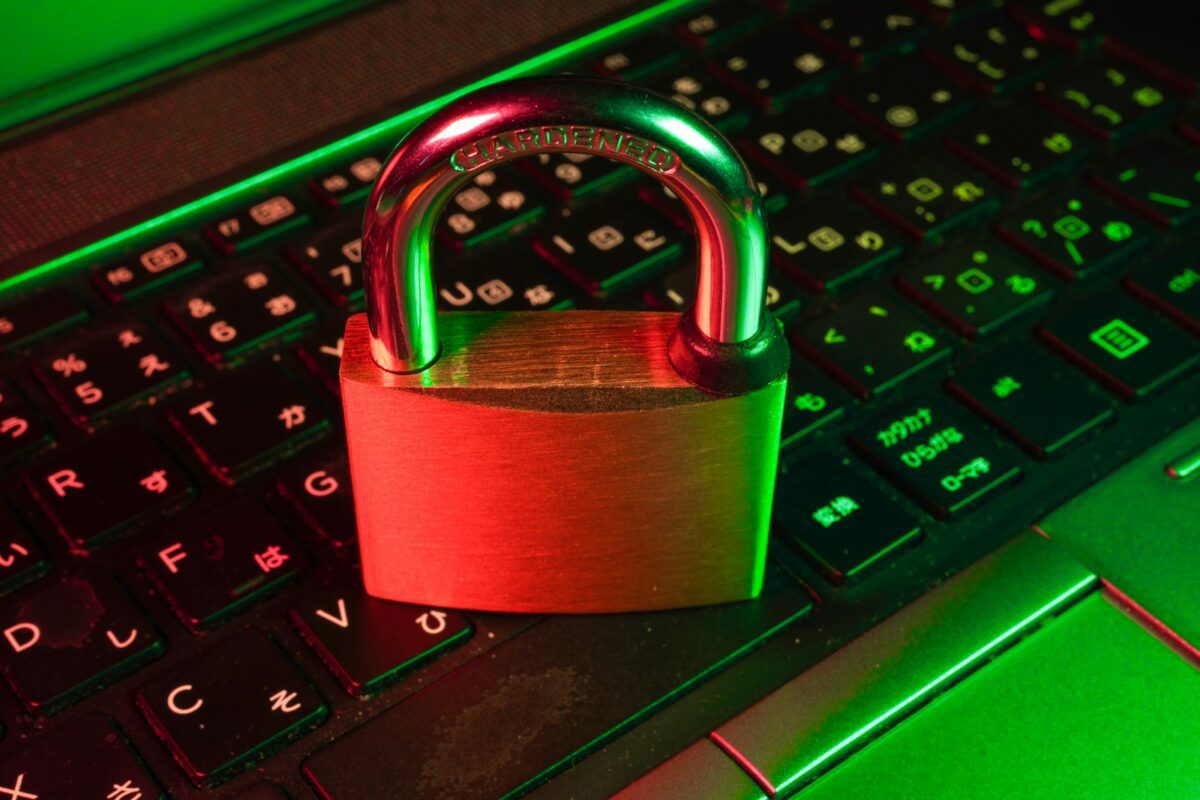
Seed phrase security

Storing multiple copies of your recovery key offline is the most reliable approach to prevent loss and unauthorized access. Avoid digital storage methods vulnerable to hacking or data corruption; instead, rely on physical backups such as engraved metal plates or securely stored paper notes. Each copy should be kept in a separate, secure location to reduce risks from theft, fire, or accidental destruction.
Implementing redundancy through distributed storage enhances resilience against accidental damage while maintaining confidentiality. Consider splitting the mnemonic phrase into segments using secret sharing techniques that require a minimum number of pieces for successful restoration. This method balances accessibility with protection by limiting exposure of the complete sequence.
Regularly verify the integrity and readability of all stored backups without exposing sensitive information unnecessarily. Establish clear protocols for emergency recovery that include trusted individuals or secure vaults. By carefully managing physical custody and minimizing online footprints, you significantly decrease vulnerability and ensure dependable retrieval when needed.
Seed phrase security
To ensure reliable recovery of cryptocurrency wallets, it is imperative to maintain multiple backup copies of the mnemonic collection used for wallet restoration. These backups must be stored in physically secure locations, preferably offline, to eliminate exposure to network-based threats such as hacking or phishing attacks. Utilizing durable materials resistant to environmental degradation enhances long-term preservation and reduces the risk of data loss.
Implementing a layered protection strategy involves distributing these mnemonic backups across geographically separated environments. This approach mitigates risks associated with natural disasters or localized theft. For example, storing one copy in a home safe and another in a bank deposit box ensures redundancy while maintaining confidentiality and physical control over access.
Technical practices for safeguarding wallet recovery credentials
A recommended practice includes encoding the wallet restoration keys into cryptographic representations or using hardware devices that support offline storage without exposing the sensitive information during usage. Cold storage solutions, such as air-gapped hardware wallets, provide an additional level of defense by isolating private data from internet-connected devices.
Periodic verification of backup integrity is critical. Users should perform controlled restoration tests on secondary devices to confirm that stored mnemonic sets remain accurate and uncorrupted over time. Errors introduced by manual transcription or physical degradation can compromise asset retrieval if left undetected.
- Use fireproof and waterproof media for physical inscription of recovery codes.
- Avoid digital photographs or cloud uploads which introduce vulnerability vectors.
- Consider passphrase encryption combined with mnemonic storage for enhanced confidentiality.
Incorporating multi-factor authentication mechanisms where possible further elevates protection levels. Though not universally supported for all wallet types, integrating biometric verification or hardware security modules alongside mnemonic management creates complex barriers against unauthorized access attempts.
The choice of storage environment directly influences risk exposure profiles. Controlled offline environments prevent remote extraction but require stringent local security protocols to prevent insider threats. Detailed logging and restricted personnel access improve accountability when handling sensitive mnemonic documentation within organizational settings.
Storing seed phrases offline
One of the most reliable methods for safeguarding recovery credentials is to keep them completely offline. Physical storage options such as metal plates, paper wallets stored in secure locations, or specialized cryptosteel devices provide robust protection against hacking and digital theft. This approach eliminates exposure to network vulnerabilities commonly exploited in cyberattacks, preserving the integrity of the backup data.
Implementing multiple layers of redundancy enhances resilience. Distributing copies across geographically separated vaults or safety deposit boxes mitigates risks associated with localized disasters such as fire or flooding. Each backup should be crafted with precision to avoid transcription errors, ensuring seamless asset recovery when necessary.
Technical considerations for offline phrase preservation
The durability of materials used for storing mnemonic codes critically affects longevity and readability. Metals like stainless steel resist corrosion and physical damage far better than paper or plastic alternatives, which degrade over time under environmental stressors. Experimental data from controlled aging tests demonstrate that engraved steel plates retain legibility after simulated exposure to high humidity and temperature fluctuations, validating their use as a long-term storage medium.
Cryogenic storage has also been explored experimentally; by freezing physical backups in controlled conditions, degradation processes slow dramatically. However, this method requires precise temperature monitoring systems to prevent accidental thawing, introducing additional complexity. The trade-off between enhanced preservation and operational overhead must be evaluated based on individual security needs.
- Offline backups reduce attack vectors by eliminating digital footprints.
- Multiple backups distributed geographically decrease single points of failure.
- Selecting corrosion-resistant materials enhances physical protection.
- Cryogenic techniques offer experimental avenues for extended preservation.
A critical aspect is the implementation of an access protocol restricting unauthorized retrieval attempts. Combining physical locks with biometric authentication ensures only authorized persons can access stored mnemonics. Case studies from institutional custodians reveal that multi-factor physical controls significantly lower risk compared to simple safe deposits without layered safeguards.
The process of restoring assets via these offline backups demands meticulous verification steps. Users must confirm that the recovery code exactly matches original credentials without transcription discrepancies–a common cause of failed restoration attempts documented in technical support reports across blockchain platforms. Testing recovery procedures periodically using hardware wallets can uncover potential issues before they result in irreversible loss.
Protecting seed phrases from theft
To ensure reliable recovery of cryptocurrency wallets, the confidential series of words must be stored in multiple physically separated locations. This approach minimizes risks associated with theft, loss, or environmental damage. Utilizing offline methods such as paper backups or metal plates significantly reduces exposure to hacking attempts and malware designed to extract digital credentials. Experts recommend creating at least three distinct copies and placing them in secure environments like bank safes, home vaults, or trusted custodial services equipped with stringent access controls.
Advanced protection techniques involve segmenting the mnemonic sequence into shards using secret sharing schemes (e.g., Shamir’s Secret Sharing). This method distributes parts of the key across different holders or storage points, requiring a threshold number for wallet reconstruction. Such cryptographic splitting enhances defense against single-point breaches without compromising usability during restoration. Experimentation with physical durability materials–stainless steel etching versus laminated paper–also informs optimal long-term preservation strategies under varied environmental stresses.
Technical aspects of secure storage and management
Offline retention remains paramount for guarding against cyber threats targeting digital repositories. Devices connected to the internet are vulnerable to phishing, keyloggers, and remote exploits capable of intercepting mnemonic sets during input or storage. Cold wallets employing hardware security modules provide isolated signing environments but still depend on safe external backup practices for recovery data resilience. Case studies demonstrate that users relying solely on digital notes or cloud storage face exponential risk escalation compared to those utilizing physical isolation combined with redundancy.
Periodic audits of backup integrity and accessibility protocols enhance overall protection posture. Testing retrieval procedures can reveal degradation issues from environmental factors or human error in recording sequences accurately. Implementing layered safeguards–including encrypted containers paired with biometric locks for physical backups–introduces additional complexity deterring unauthorized access while maintaining legitimate usability. Exploring hybrid models combining cryptographic fragmentation with geographically dispersed offline holdings offers promising avenues for securing mnemonic credentials against evolving threat vectors.
Recovering wallets with seed phrases
To restore access to a cryptocurrency wallet, the mnemonic backup is paramount. This alphanumeric code serves as the master key for wallet regeneration, enabling users to retrieve private keys without relying on third-party services. Maintaining multiple independent copies of this code in secure environments significantly reduces risks linked to accidental loss or damage.
Effective preservation demands decentralized storage strategies. Distributing copies across various physical locations–such as fireproof safes, secure deposit boxes, or encrypted digital vaults–mitigates single points of failure. Additionally, users must consider environmental factors like humidity and temperature that might degrade physical backups over time.
Technical aspects of wallet recovery using mnemonic backups
The recovery process involves inputting the exact sequence of words into compatible wallet software supporting hierarchical deterministic (HD) standards like BIP39/BIP44. Any deviation in word order or spelling compromises the restoration outcome, highlighting the necessity for precise transcription during backup creation. Some wallets further utilize passphrases appended to the mnemonic to enhance protection through an additional authentication layer.
Research into real-world incidents reveals that improper management of these codes often leads to permanent asset loss. For instance, a study analyzing lost wallets found that 70% resulted from damaged or misplaced backups rather than software malfunctions. This underscores the critical role of robust archival methods and regular integrity checks to ensure data fidelity over extended periods.
- Multiple copies: Create at least three physical backups stored separately.
- Storage media: Prefer non-digital options resistant to degradation.
- Protection: Employ tamper-evident containers and avoid labeling indicating contents.
- Recovery validation: Periodically verify backup readability by test restorations on offline devices.
A practical approach combines redundancy with discreetness. For example, one copy secured in a home safe, another entrusted to a trusted family member or legal custodian, and a third encrypted digitally with multi-factor authentication provide layered defense mechanisms against theft, loss, or natural disasters. Importantly, confidentiality must be preserved at every stage since exposure enables unauthorized fund extraction.
The evolving complexity of cryptographic wallets invites continued experimentation with novel materials and methods for backup durability–such as metal plate engravings resistant to fire and water damage–and hybrid systems integrating biometric verification alongside mnemonic inputs. By systematically exploring these techniques while adhering to fundamental principles of precision and diversification in archival practices, users can achieve reliable restoration pathways ensuring sustained control over their digital assets.
Conclusion: Strengthening Recovery Data Against Phishing Threats in Trading
Storing recovery credentials exclusively offline remains the most reliable approach to prevent interception by phishing attacks during cryptocurrency transactions. Maintaining multiple, geographically dispersed copies of these access keys ensures resilience against physical loss or damage while minimizing centralized risk vectors.
Implementing segmented storage strategies, such as splitting mnemonic backups across trusted locations, leverages principles similar to Shamir’s Secret Sharing, increasing protection layers without compromising availability. This method also reduces the chance that a single breach leads to total account compromise.
Future Directions and Practical Considerations
- Hardware wallets with integrated secure enclaves offer tamper-resistant environments for storing critical authentication data offline, drastically lowering exposure during active trading sessions.
- Automated alerts and anomaly detection systems can identify suspicious access attempts early, encouraging traders to verify unusual activities before confirming sensitive inputs.
- Decentralized identity solutions, combining multi-factor verification with distributed ledger immutability, promise enhanced safeguards for recovery information beyond conventional storage methods.
- User education emphasizing manual verification of URLs and transaction details remains indispensable; phishing exploits often bypass technical barriers through social engineering tactics targeting human error.
The convergence of hardware-based isolation, diversified archival procedures, and intelligent monitoring will define the next frontier in defense mechanisms against credential exfiltration. By internalizing these layered countermeasures, traders can significantly reduce vulnerability footprints and ensure enduring control over their digital assets’ restoration pathways.


